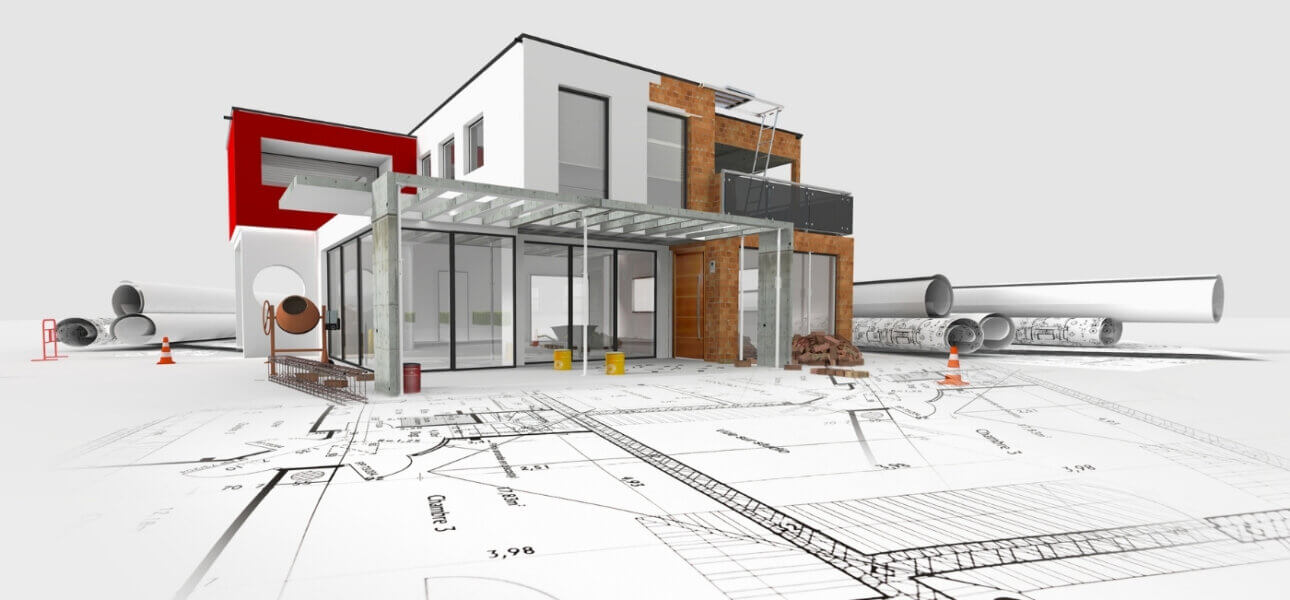Looking to lower water bills and build smart in Chennai’s climate. Rainwater harvesting is the most practical step you can take during house construction. With a well planned system, your villa can save thousands of litres every monsoon while keeping your garden greener through summer.

What Is Rainwater Harvesting and Why It Matters
Rainwater harvesting means collecting rain from your roof, filtering it, and sending it to storage tanks or recharge wells. In Chennai and the Padappai Oragadam belt, monsoon showers arrive in short, heavy bursts. Capturing that peak flow protects your site from waterlogging, reduces tanker dependency, and keeps borewell levels healthier.
Benefits for villa owners
- Cuts monthly water costs and tanker reliance
- Improves groundwater levels around your plot
- Prevents soil erosion and puddling near foundations
- Enhances garden and lawn health with soft, non chlorinated water
- Adds long term resale value with a visible sustainability feature
How a Simple System Works
A typical villa setup has four parts
- Catchment your roof and terrace surfaces
- Conveyance gutters, downpipes, and a first flush arrangement
- Filtration to remove silt and debris
- Storage and Recharge sump tanks, overhead tanks, and percolation or recharge wells
Flow path at a glance
Roof surface → gutter with mesh → downpipe with leaf catcher → first flush diverter → filtration unit → storage sump or recharge well → distribution to garden or toilets
Planning for Chennai and Padappai Conditions
Padappai gets intense cloudbursts. Design for quick collection and safe overflow.
Consider these during design
- Roof area and slope ensure all terraces drain into gutters without dead zones
- Gutter size choose wider profiles to handle sudden downpours
- Downpipe count use more downpipes for long roof edges to reduce choke points
- Overflow routing plan an overflow line to the nearest recharge pit to avoid driveway flooding
- Non corrosive materials uPVC pipes and HDPE tanks handle Chennai’s saline air better
- Mosquito proofing use stainless steel meshes at inlets and vents
Sizing Your System the Easy Way
A quick thumb rule for Chennai
- Every 1000 sq ft of clean roof can harvest about 25,000 to 30,000 litres per 500 mm of seasonal rain, depending on losses.
- Plan one recharge well of 3 to 4 ft diameter and 15 to 20 ft depth for every 1000 to 1500 sq ft of roof, based on soil percolation.
- Keep one filter unit per downpipe cluster so cleaning is simple.
Practical checklist
- Map roof areas in your house plan
- Mark downpipe points near structural columns for neat routing
- Reserve space for filters at ground level for easy maintenance
- Decide how much water goes to storage vs recharge based on your borewell condition
Components That Work Best for Villas
First flush diverter
Diverts the first few minutes of rain carrying dust. A simple ball valve or tipping device is enough. Keep it accessible.
Filtration options
- Gravel and sand filter layered media in a sealed drum for large particulate removal
- Modular cartridge filter compact, easy to service, good for tight setbacks
- V wire screen filter self cleaning screen for high flow terraces
Storage choices
- Underground sump linked to your existing water line with a non return valve
- Overhead tank tap off for gardening and toilet flush loops
- Smart control a float switch prevents mixing with municipal supply when the rain tank is full
Recharge structures
- Percolation pit 3×3×3 ft pit filled with brick jelly and coarse sand for small plots
- Recharge well masonry or RCC ring well with slotted casing and silt trap for higher inflow
- Swale or rain garden shallow landscaped channels that slow and soak stormwater in front yards
Layout Ideas for Compact Plots
Plots in Velammal Garden and nearby layouts often have tight setbacks. Keep it compact and clean.
Space saving tips
- Use a shared filter manifold for two or three downpipes
- Tuck the first flush behind the rainwater pipe shaft
- Place a vertical cartridge filter beside the compound wall with a drain to the storm line
- Convert the front yard into a rain garden that doubles as ornamental landscaping
Maintenance That Actually Sticks
A harvesting system is only as good as its upkeep. Set reminders with the seasons.
Pre monsoon tasks
- Sweep terraces and clear gutter meshes
- Open first flush and clean the chamber
- Backwash filters and check valve operations
- Inspect mosquito meshes and replace torn screens
During monsoon
- Observe the first two rains to spot leaks or overflows
- Empty the first flush chamber after every initial shower
- Ensure overflow is reaching the recharge point, not your neighbour’s gate
Post monsoon
- Desilt recharge pits if needed
- Rinse filter media and sun dry before reinstalling
- Note any damp spots near foundations and improve routing
Costing and ROI Snapshot
- Basic leaf catcher, first flush, and media filter for a single villa usually sits in a modest budget range compared to a month of tanker water in peak summer.
- Recharge pits and wells are one time civil works with low maintenance.
- Payback often comes within one to two monsoon cycles when you factor tanker savings and better borewell yield.
Compliance and Good Practice
- Provide a dedicated rain line in your plumbing drawings separate from sewage and greywater.
- Add a non return valve before connecting to the sump.
- Keep inspection ports at all filters and pits.
- Record the as built locations on your house file so future paving or landscaping does not block access.
Landscaping That Loves Rainwater
Pair your harvesting system with drought tolerant plants that thrive in Chennai’s climate. Native trees, flowering shrubs, and a small patch of lawn can be irrigated from the rain sump with a simple hose or drip line. Your garden stays fresh, and you save potable water for kitchen and baths.
Building at Velammal Garden
If you are planning a villa inside a gated layout like Velammal Garden near Padappai, integrate harvesting during your sanction drawing stage. Wider blacktop roads and storm drains help move excess rain safely, while your internal recharge improves the micro water table for the community. Learn more on velammalgarden.com and explore plot options and design guidance from the site layout team at velammalgarden.com.
Simple Step by Step Plan to Execute
- Finalise roof drainage points on your structural plan
- Choose filter type and first flush capacity
- Mark sump connection and overflow to recharge pit
- Excavate and construct recharge pit or well with silt trap
- Install pipes, valves, meshes, and float controls
- Test with a hose before the first rain
- Set a maintenance calendar for the year
FAQs on Rainwater Harvesting for Individual Villas
How much water can I harvest from a 1200 sq ft villa roof in Chennai
A 1200 sq ft clean terrace can yield tens of thousands of litres in a season, depending on rainfall and losses. With a good filter and overflow to a recharge pit, you can store a share in your sump and send the rest to the ground to support your borewell.
Which filter is best for small plots in Padappai
Modular cartridge filters are compact and easy to service in tight setbacks. If you have space, a gravel and sand media filter works well and is cost effective.
Can I use harvested rainwater for drinking
Use it for gardening, toilet flushing, floor cleaning, and car wash by default. For drinking, you would need additional multi stage purification and regular water testing. Most villa owners in Chennai use it for non potable needs.
Do I need a recharge well if I already have a sump
Yes. A recharge pit or well ensures excess rain goes back into the ground instead of flooding driveways or streets. It also helps stabilise the borewell level over the years.
What maintenance is mandatory before monsoon
Clean the terrace and gutters, flush the first flush chamber, backwash or replace filter media, check meshes for mosquitoes, and ensure the overflow line reaches the recharge point.
A properly designed rainwater harvesting system is one of the smartest investments for house construction in Chennai. Plan it early, keep it simple, and maintain it well. Your villa will be future ready, water secure, and greener year round.


